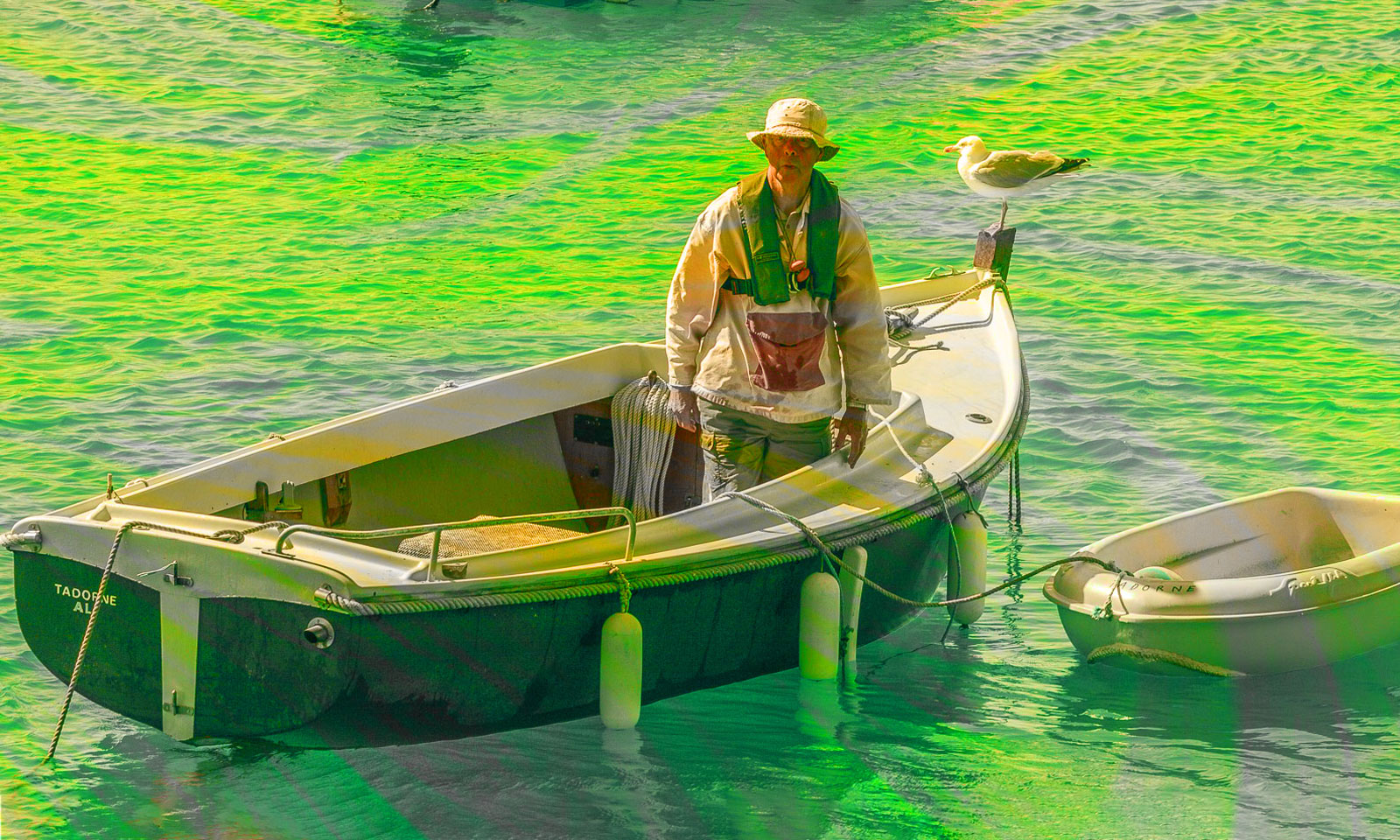
I devoted a detailed article to what Native American nagualism calls the art of seeing. It is a matter of perceiving, not by the eyes but by intention, what the visible hides from us. A reader writes to me: “How can we learn this practice of seeing? When I open my eyes, I look. Do I have to close my eyes to see?”
Crazy Thought
Close your eyes? No, it is not necessary. Although on this question, Antoine de Saint-Exupéry has his idea…
The essential is invisible to the eyes. We can only see with our hearts.
The essential is quite visible with the third eye. But Saint-Ex knew nothing of it. An aeroplane pilot like him had to be above all wary of visions and other deceptions resulting from madness… The Celtic Druids knew it well, they who practiced the Mad thought, or the art of controlled madness.
When the pilot offers to use not his eyes but his heart, he comes closer. With or without the heart, the Native Americans have found a rather effective method. It consists of looking twice, as Jamake Highwater explains.
The Indian Jew
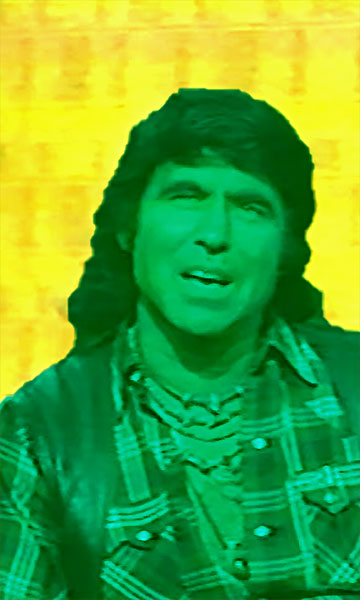 Jamake Highwater (born Jackie Marks, February 13, 1931 – June 3, 2001), also known as “J Marks,” was an Eastern European Jewish writer and journalist who identified himself as a Cherokee. (source)
Jamake Highwater (born Jackie Marks, February 13, 1931 – June 3, 2001), also known as “J Marks,” was an Eastern European Jewish writer and journalist who identified himself as a Cherokee. (source)
The Jews have been a wandering people for ages. J Marks has every right to claim a culture of borrowing, as all the Jews in the world do with their new homelands. “Of Black-Foot Cherokee tradition, it shows the confrontation of two visions: that of the Indians of America and that which is called the western civilization. It shows how primal thought, supposed primitive, has constituted throughout history the inexhaustible reservoir where the great cycles of civilization have been fed and to which humanity regularly comes to recharge.”
I do exactly as he does when I defend the superiority of Woman and Black, me who am neither one nor the other.
An effective method
“You must learn to look at the world twice. First, you must direct your two eyes in front of you at the same time, so that you can see every little drop of rain on the grass, so that you can see the steam rising from an anthill in the sun. Nothing should escape your attention. But you must learn to look a second time, bringing your eyes to the extreme limit of what is visible. This time, you have to see differently if you want to glimpse things that are different — visions, fog and people-clouds… animals running behind you in the dark. You have to look at the world twice if you want to see everything there is to see.” (source)Jamake Highwater, Spirit of the Dawn, Vision and Reality of the American Indians, p.83
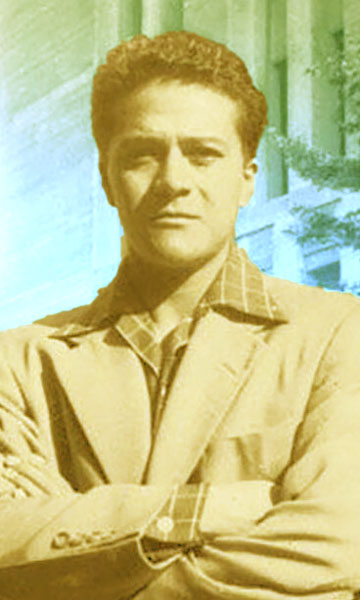 The ability to perceive a second world is a major source of knowledge. The first knowledge, the only one that matters in the eyes of natural peoples. First peoples. Real humans. First, clearly differentiate between seeing and looking.
The ability to perceive a second world is a major source of knowledge. The first knowledge, the only one that matters in the eyes of natural peoples. First peoples. Real humans. First, clearly differentiate between seeing and looking.
“See” according to Castaneda
In the system of knowledge of Juan Matus and Castaneda, “see” and “look” express two distinct ways of perceiving. To look refers to the ordinary way of perceiving the world, while to see evokes a complex process by which the man of knowledge perceives the essence of beings and things.
One cannot evoke the seeing of sorcerers without addressing many challenges that the warrior of light encounters on his awakening path. Seeing cannot be obtained without accepting what makes it possible: humility must overcome the arrogance of the ignorant and the complacency of modern man. It is the only really effective protection against the dominant self and its derivatives of selfishness, egotism, self-centeredness and other Lego bricks.
Knowledge begins with the knowledge of oneself. To achieve seeing, you must first see yourself. And to see oneself as one is, a mirror is not enough. Humility is the appropriate mirror. The mirror of the soul. Thus it can be seen as a sacred act. (source)

Humility
Anyone can see unless they are blind. Most of us don’t know anything about the art of seeing. The first secret to achieve this is humility. See yourself as you are, one among billions. And stop believing yourself important.
“The inner speed makes you fluid. So the energy can irrigate all chakras in a homogeneous and regular way. No fluidity possible until it has not contained its fear. This is a crucial point of nagualism, which considers fear as the first enemy of the warrior.
“Unfortunately, when the moment of truth comes, Castaneda hesitates. And his fear prevails. His benefactor Juan Matus speaks. You were scared and ran away because you thought your person was damn important. Believing that one is important makes it cumbersome, awkward and vain. To become a man of knowledge, you must be light and fluid.” (source)Carlos Castaneda, “See”, p. 15
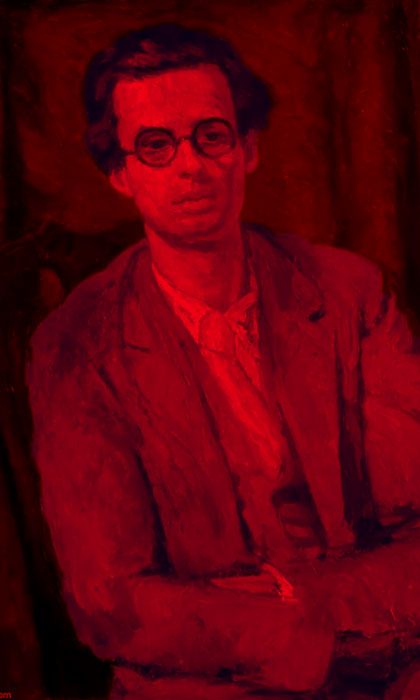 “And to become light and fluid, we must hunt for complacency. Kill the feeling of our own importance. Complacency is one of the daughters of ego, probably the dumbest. Ego has many daughters; thought is one. It comes from the rational mind. The bad part of the mind. He has a good one, just one: the intuitive mind. Intuition.” (source)Carlos Castaneda, “See”, p. 15
“And to become light and fluid, we must hunt for complacency. Kill the feeling of our own importance. Complacency is one of the daughters of ego, probably the dumbest. Ego has many daughters; thought is one. It comes from the rational mind. The bad part of the mind. He has a good one, just one: the intuitive mind. Intuition.” (source)Carlos Castaneda, “See”, p. 15
The intuitive mind is a sacred gift and the rational mind is a faithful servant. We have created a society that honors the servant and has forgotten the gift.
See or watch?
Yes, what should we focus on? Seeing or looking? The art of seeing behind things or the art of seeing things from the outside? I raised this crucial issue in an article entitled The Practice of Seeing. Aldous Huxley, the author of Le Meilleur des Mondes, wrote a whole book on a subject that seemed close to me, but I was very much mistaken. His art of seeing has nothing to do…
“Almost blind at the age of sixteen, Aldous Huxley (1894-1963) lived until 1939 with very poor vision. It was then that he discovered the method of Dr. W.H. Bates, a method of psychological based visual rehabilitation, which allowed him to read without glasses in a few months. Out of gratitude to this pioneer in visual education, Huxley wrote The Art of Seeing. He explains the method of Dr. Bates by bringing it closer to the great discoveries of modern psychology. Because learning to see better is learning to live better. Not only living better with others, but also living better with oneself.”
It’s about learning to look. A very useful practice — being only the first phase of the work however.

The true art of seeing
The art of seeing Native Americans is very different from the one that Huxley talks about in his book, as Highwater explains: “When the Wintus Indians use the term whole person to refer to the body, they speak according to a tradition that perfectly understands the body as a spiritual instrument.” (source)Jamake Highwater, Spirit of the Dawn, Vision and Reality of the American Indians, p.83
For Westerners, the body does not have this spiritual dimension, it is purely and totally physical. On the contrary, for the Wintus as for many other Native Americans, the body also has multiple virtual possibilities of use, on the subjects of apparitions and transformations in particular.
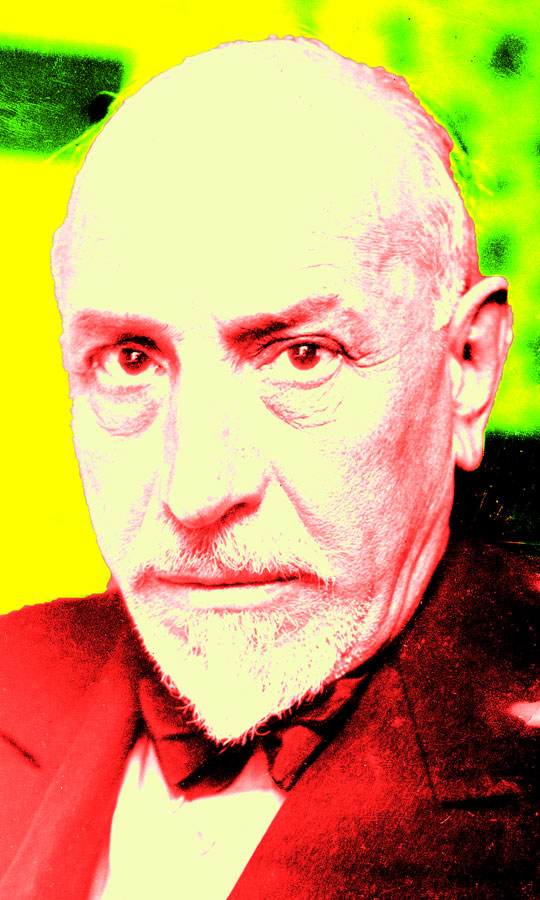 By ignoring these possibilities, the modern West is depriving itself of the bodily dimension of spirituality. This is a great step backwards. We are less powerful than the Ancients, who lived in a world of operative magic while we are stuck in the most banal slice of reality.
By ignoring these possibilities, the modern West is depriving itself of the bodily dimension of spirituality. This is a great step backwards. We are less powerful than the Ancients, who lived in a world of operative magic while we are stuck in the most banal slice of reality.
Our multiple realities
To each his truth, said Pirandello. To each his reality, I would add. We can live a separate reality instead of being content with this simulated reality that this 100% rational system asks us to adhere to — on pain of internment in a psychiatric hospital. Dictatorship of the mediocre, we deprive ourselves of many joys and so many discoveries! I have described what I call ordinary unreality, our sad daily bread.
The nagual Juan Matus often talks about ordinary reality. It’s not what we think. Ordinary is. Reality is not. Some physicists are beginning to take the Matrix thesis seriously. It jumped me in the face as early as 1999, when this film was released on the big screens. Since then I have been spinning around, in a convergent spiral. I no longer believe in this manufactured world.
Therefore, the choice to live in astral is obvious. It’s not as easy as sleeping in front of the earthly comedy and human emptiness. Everything is done here to keep us down. Very low. I like the altitude. The poor terrestrial summits do not satisfy me. Too low for me. The moon also. The sun is the same. Outer space distracted me for five minutes, but I quickly saw that it was just another prison: let’s say the square courtyard where inmates walk in circles.

Too many walls, too many bars, too many prohibitions. You understand me. You have experienced, however briefly, the greater life and you painfully pursue ordinary existence with a feeling of unreality, emptiness and horrible negation. Here’s a nice secret: you want the bigger life? It’s easy:
Shift your assembly point
The correct use of this wonder that the Indians of Latin America call the point of assembly opens access to the supersensitive worlds, these sublime worlds to which no western philosophy leads.
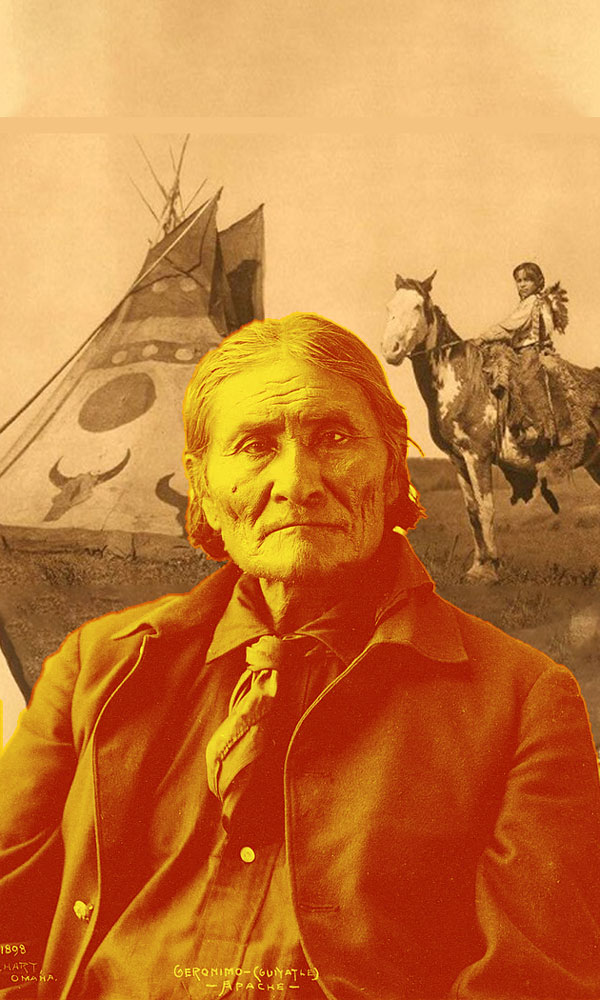 As Castaneda so often explains, the astral is very easily reached by a minimal offset of the assembly point. But to achieve this, the warrior must be patient. Tending towards impeccability. Erasing any untimely manifestation of ego. To dress in humility. One hundred times on the craft to hand over his work. Avoid running two hares at once. Keep away from the world and the traps that it holds out to us.
As Castaneda so often explains, the astral is very easily reached by a minimal offset of the assembly point. But to achieve this, the warrior must be patient. Tending towards impeccability. Erasing any untimely manifestation of ego. To dress in humility. One hundred times on the craft to hand over his work. Avoid running two hares at once. Keep away from the world and the traps that it holds out to us.
Remember your dreams.
Focus your attention on everything, everything, every encounter. There is no chance. Everything that happens to us is willed. But by whom? That is the question.
Believe without believing
Learn to recognize those who lead you. They don’t smell good at all. They look suspicious of a big nasty who would pretend to be your best friend. (source)
Suspicion and mistrust. And again distrust. No, that’s not the right solution. Trust kills, mistrust prevents life.
Believe without believing, stays between the two. But totally both. Yes, it’s hard. If it were easy, everyone would do it. But I can tell you that the roads of the astral are deserted. But full of people. Hard to believe? If it were easy, everyone would believe it. So you have to believe it without believing it.
The Decline of the Mysteries
Yes, the West, which believes itself to be a champion of modernity and king of progress, has caused world culture to regress into distant areas of the forgotten past. Greek antiquity dominates us — not just a little.
“Since the decline of the ecstatic rites of the mysteries of pre-Socratic Greece and that of the later Mediterranean cults (4th and 3rd centuries B.C.before the common era) of Cybele, Ma, Isis and Mithra, Western civilization has been continually challenged by its dream: to escape the elements that make up its framework — the categorical, the linear, the immutable and the knowable.” (source)Jamake Highwater, Spirit of the Dawn, Vision and Reality of the American Indians, p.84
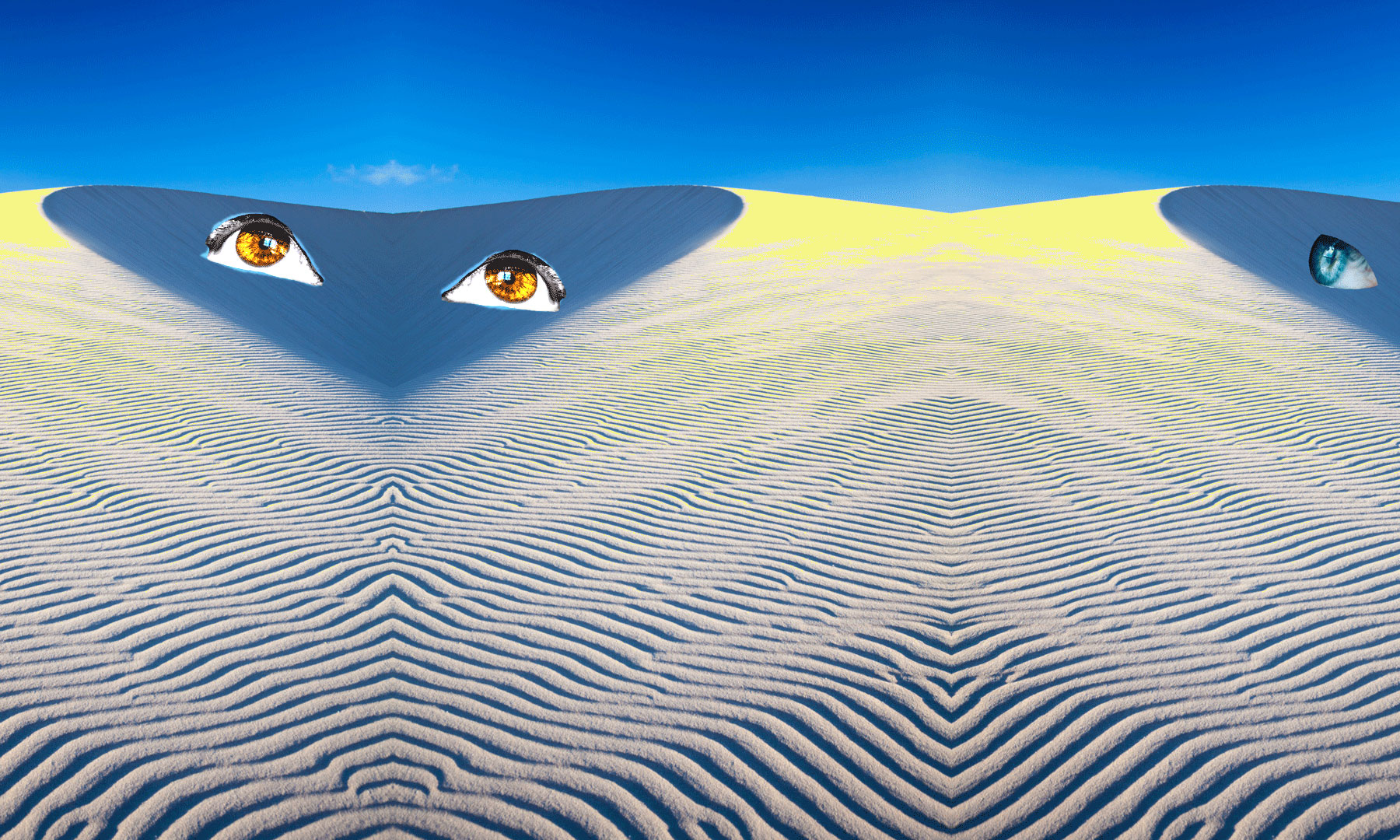
The western framework
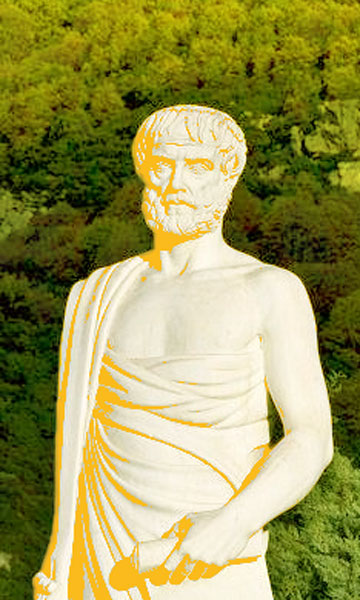 The categorical comes from Aristotle. This philosopher of ancient classicism has walled up philosophy in a maze of categories. The little imagination and magic that Plato still held from the Celts and Vikings is reduced to nothing. Aristotle locks us in logical classifications, mental prisons from which we can hardly get out. In the same castrating line, Descartes drives the nail down. Always more logic, less mystery under the diktat of thought. Then come Kant and Hegel. The last traces of the unspeakable and magic evaporate under their iron claws.
The categorical comes from Aristotle. This philosopher of ancient classicism has walled up philosophy in a maze of categories. The little imagination and magic that Plato still held from the Celts and Vikings is reduced to nothing. Aristotle locks us in logical classifications, mental prisons from which we can hardly get out. In the same castrating line, Descartes drives the nail down. Always more logic, less mystery under the diktat of thought. Then come Kant and Hegel. The last traces of the unspeakable and magic evaporate under their iron claws.
The linear also stems from the same thought — as if we could think the world! The thought is linear, only the vision is panoramic, not linear, expanding spiral. The British sensualists have attempted, rather timidly, to return to creative non-thinking. Bergson also, in his own way, tries to correct the situation. Because it is about shooting: what could be more linear than the path of a projectile?
The immutable is the champion of non-life, the total negation of the living. Everything that lives is in perpetual change. Starting with our own body. “Until very recently, most people in the West were completely cut off from their own bodies by a remnant of religious compulsion and embarrassment. They lacked what the Wintus call the whole person.” (source)Jamake Highwater, Spirit of the Dawn, Vision and Reality of the American Indians, p.84
The knowable would be for Jamake the last category. But here I hesitate to follow it. I have explained elsewhere that there are two worlds close, which however do not communicate: the unknown and the unknowable. When we conduct a search in the unknown, we see all doors open before our feet, all sources are communicated to us even before we think of searching for them, synchronicities abound, solutions too, countless, exciting, and the unknown becomes known. It is not the same with the unknowable.

The verdict of the unknowable
Divine or not, immediate or not, human knowledge necessarily comes up against a wall, the wall of the unknowable, hitherto insurmountable. The unknown is seductive, even fascinating. It encourages the researcher to devote his whole life and all his energy to deflorate him, as a skier leaves his mark on a powder wall. Exhilarating feeling. Nothing compares to the puff of over-oxygen that makes the blood boil in the arteries, which regenerates the one who worships it. Not too angry, so.
There are things known and there are things unknown, and in between are the Doors of Perception.
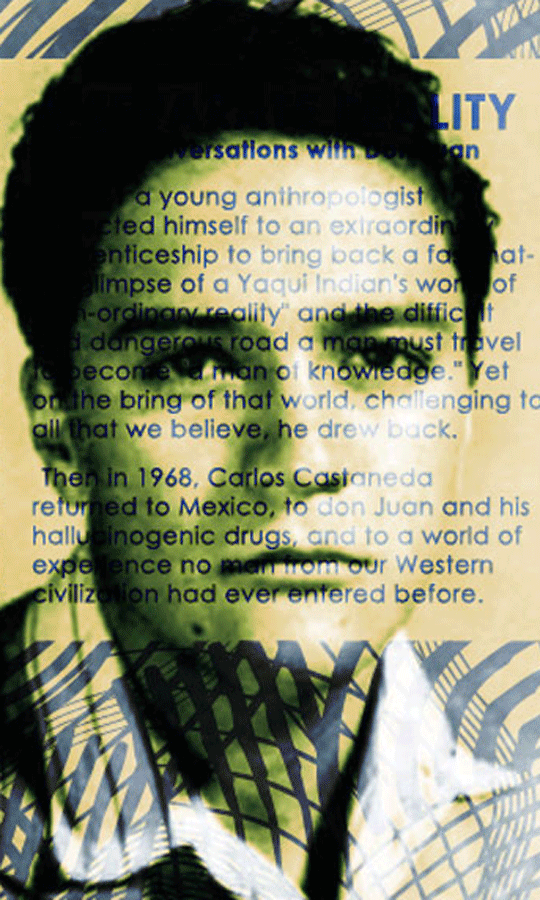 And in the unknown things hide unknowable things. Realities that are inaccessible to us and will remain so no matter how hard we try. Moreover, it is not good to persevere in this way as it is painful. If you ever meet the unknowable, circulate, there is nothing to see.
And in the unknown things hide unknowable things. Realities that are inaccessible to us and will remain so no matter how hard we try. Moreover, it is not good to persevere in this way as it is painful. If you ever meet the unknowable, circulate, there is nothing to see.
As long as you live in this body of matter, you are not entitled to know it. That is the rule. Relax, laugh!
-What the fuck is this game rule? You think it looks like a game? Shit!! At the end of this fucking game, what do you think? There is death, damn it! Death!!! Nothing to crack your face about.” (source)
The four nails of the coffin
If your search galvanizes you, if every day brings you its share of synchronicities, if you progress by leaps of the giant, if you feel carried on the wings of a angel, then it is the unknown that you are chasing. Continue. The track is good, it can take you far. As far as the center of yourself where everything is calm and serenity. Maybe even further? The unknown gives you energy, the unknowable takes your energy, his quest will always be fruitless, if you insist he will kill you. You’re right, kid. It’s not a game. But we can play it anyway. (source)
So, to repeat Jamake Highwater, I would say that the ultimate element, the fourth nail of the western coffin, should not be called the knowable, but rather the trap of the knowable. The illusion that everything is knowable. The flat that I introduce for this fourth can also be modulated for the first three, since they are also the four pitfalls to avoid. Western civilization must strive “to escape the elements that make up its framework — the categorical, the linear, the immutable and the knowable.” (source)Jamake Highwater, Spirit of the Dawn, Vision and Reality of the American Indians, p.84
It should therefore be said:
Escape the attraction of the categorical, the taste for the linear, the belief in the immutable, the trap of the knowable.

Summary
Shake. Leave these sinister places. You want to become a scientist, a funny person, a scholar, a smart guy, a magician, a pharmacist, a time traveler, a happy healer or acquire any other power that makes you see forever? It’s up to you. No one else can better help you regain your self.
It turns out that I give a maximum of assets to those who take the time and care to read me. Many articles open up the range of avenues to be pursued. In each of them, many windows create the links you need to follow your own path. Do not hesitate. Make your choice.
And if that’s not enough, if you always need more – what is conceived in our anti-world of always less – bravo, I like it. In this case come see me. Erquy rhymes with reiki. I receive rare elected individual internship. Why not you? Read the description and apply. You never know. All the selected ones started there. (source)
Amerindian Wisdom
- Hopi Kachina
- Hopi Wisdom
- Onikaghe, Lakota Sweat Lodge
- Thirteen Crystal Skulls
- Ayahuasca Mental Wine
- Selling The Sky
- The Circle People
- Wakan Tanka
- The Rainbow Prophecy
- Tahca Ushte, Lame Deer
- Look Twice
Science and Knowledge
- Gnosis or Epistemic
- Science Without Conscience
- Myth and Religion
- Brain and Thought
- A Foreign Heart
- Simulated Reality
- Space Jail?
- The Morning Of The Magicians
- Divine Knowing
- Akashic Records
- Reptilian Brain
- Akasha, quintessence, ether
- The New Gnosis
- The Gnosis and the Arts
- Van Gogh and Science
- Jung And Synchronicity
- Atypical Einstein
- The Way of Action
- Mindfulness
- Shifting and Astral Travel
- The Tree of Certainties
- A Separate Reality
- Ordinary Unreality
- Animal Consciousness
- Science, Ego, Magic
- Despotic Dystopia
- The Inner Source
- Psi Powers
- Soul And Conscience
- Places of consciousness
- Gothic Art
- The Body Gold



